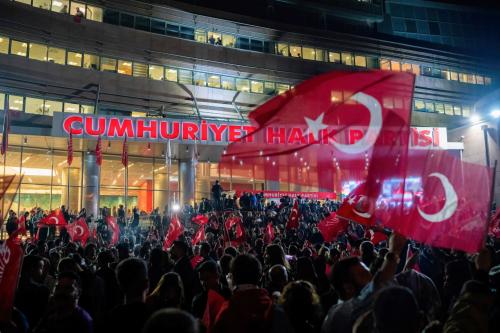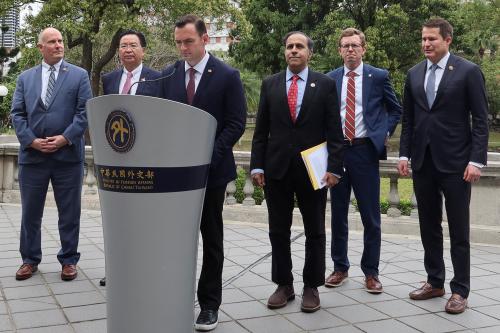Editor’s Note: Michael O’Hanlon’s article “Life After Karzai”—part of Foreign Policy magazine’s new “Trip Report” series—describes his recent trip to Afghanistan and provides insights into the country today, recent political developments, and its 2014 political transition.
Where I went: For all the worries about Afghanistan today, there was something uplifting about many of the conversations I was privileged to be part of on my most recent trip there, in May, with former U.S. Ambassador Ronald Neumann as my travel partner and with the NATO-led International Security Assistance Force (ISAF) as the official sponsor of the trip.
A spirit of hopefulness, more than fear, characterized most people I spoke with in Kabul. The recent signing of the U.S.-Afghanistan Strategic Partnership Agreement (SPA) to guide cooperation after 2014, when the NATO combat mission is set to end, reassures many Afghans that they will not be left to their own darker angels — or the mercy of their neighbors — when ISAF’s transition is complete. Although implementing protocols and a status of forces agreement for the SPA may prove difficult to negotiate, the accord has definitely given a boost to the strides of many Afghan reformers who continue to work hard for their country’s future.
What’s new: More than ever before, politics is breaking out in Afghanistan. The 2014 presidential election is still two years away, but new political organizations like the Right and Justice Party are forming under the leadership of people like former Interior Minister Mohammed Hanif Atmar. Reform movements designed to get out the vote and improve the independence and integrity of the electoral process, like the Coalition for Reform and Development, are gaining steam.
Read the full article at foreignpolicy.com »



Commentary
Op-edLife After Karzai
June 13, 2012